Ian’s Top Ten of 2016
10. Popstar: Never Stop Never Stopping
A pop culture parody almost on par with Spinal Tap. Like Tap, this film balances exaggerated comic moments with characters who have deep backstories and are brought to life by committed performances. While this is The Lonely Island’s show, their supporting players deliver some of the best moments, especially Tim Meadows and newcomer Chris Redd.
9. The Love Witch
Brilliant evocation of 60’s romantic comedies and Hitchcock. Watching Anne Biller’s film, you would be forgiven to think that this is a lost artifact from 1965. That is until a character uses a smartphone or drives a modern car, or until you see the film’s unabashed use of nudity. The film’s exists in a nexus between the past and the present, which echoes the main character’s situation. Elaine, played by Samantha Robinson with hypnotizing confidence, subscribes to a take on feminism that alternates between independence and submissiveness. This complex outlook becomes the engine for the most unique crime/horror film seen in years.
8. The Nice Guys
Ryan Gosling’s best performance this year, and Russell Crowe’s best work in a long time. A hard-boiled 70s noir that reveals itself to be a dark comedy, and from there reveals itself to be to subtle story about grief and alcoholism. Gosling’s physical comedy is a revelation and director/co-writer Shane Black’s plot twists and turns are as sharp as ever.
7. Jackie
Pablo Larrain and Natalie Portman seem to pull off the impossible in Jackie: to make an incredible internal film about the importance of grandeur. How we deal with grief became a running theme in the films of 2016, and in this film Jackie Kennedy processes her loss by creating the myth of JFK’s Camelot. While most films about such subjects attempt to deflate such myths, here we see the personal struggle that comes from creating such myths in the first place. Mica Levi’s grinding score often plays as a counterpoint to Jackie’s patrician demeanor, but she herself sheds the mask in a few vital scenes. Seen through the film’s time-hopping structure, it is clear just how deep Portman’s illustration is of a woman who finds confidence in her while never losing a sense of helplessness.
6. Manchester by the Sea
Arguably 2016’s most notable film about loss and grief, one that tells its story with the scope of an epic while never leaving the Boston area. Like Kenneth Lonergan’s previous film, Margaret, this is a “personal epic,” where an extensive amount of time and depth is devoted to a character’s psychology. But while Casey Affleck’s Lee Chandler is the center of the film, the film remains captivating throughout due to how it explores the bonds between those left behind. Lee’s awkward relationship to his nephew Patrick (Lucas Hedges) is the main example of this, but it’s also seen in the small but masterful scenes starring Michelle Williams and Gretchen Mol. Throughout, Lonergan proves himself a master of crafting dialogue that are like an iceberg: characters may say little but what they do say proves there’s a lot going on underneath.
5. The Witch
Another theme of 2016’s film was faith and the personal cost of it. Robert Eggers’ directorial debut explores this theme in perhaps the most disturbing ways possible, all while being one of the most beautifully filmed horror movies in recent years. Anya Taylor-Joy has a star-making turn as a woman caught between her family’s puritanism and different representations of an earthly alternative. The story evolve into a paranoiac tale of generational and gender conflict, all told in a bold tone.
4. Krisha
Trey Edward Shults has made a modern John Cassavetes film, starting with the fact that this is a family drama starring actual family members. Shults own aunt Krisha Fairchild plays the titular role, a recovering addict visiting her once-estranged family for Thanksgiving. The opening third is filmed with such a loose, improvisational style that you would be forgiven for wondering how the film would sustain a feature running length. But Shults transforms the film not once but twice, down to the aspect ratio and cinematography. Fairchild’s performance rises to Shults’ ambition, and the Cassavetes comparison is complete, as she delivers a performance that will remind many of Gena Rowlands.
3. La La Land
La La Land is this year’s Mad Max: Fury Road. It is a simple tale told with such visual inventiveness it reminds audience the power inherent in cinema. Damian Chazelle’s film opens with a powerhouse musical number and never lets the audience go, despite the film balancing two different tones. The fantastical musical sequences are contrasted by Emma Stone and Ryan Gosling’s grounded performances, and a portrayal of a relationship that feels vital and real. What bridges the two together is the perfectly-crafted filmmaking, down to the brilliant use of Los Angeles locations as well as the smartest use of colors this year. The long, unbroken shots Chazelle employs create a lived-in feel, no matter how heightened things may be. It all leads to one of the most emotionally intelligent and affecting climaxes this year, one that could only be possible due to the marriage of the film’s two major elements.
2. Moonlight
What makes Moonlight so amazing is that it almost shouldn’t work at all. It is a character study with no lead actor. Three different actors play Chrion during three different stages of his life. Even though the three actors never met during filming, director Barry Jenkins shepherds three performances that work symbiotically. This is partly due to the elliptical style of filming, which imparts a clear mood throughout. It is also due to a supporting cast that truly defines “support.” Mahershala Ali, Janelle Monae, and Naomie Harris all turn in amazing work, with Monae and Harris evolving their performance to match the direction of the story and ground the reality of Chrion’s life.
1. Silence
The most brutal of 2016’s films about faith and its cost, but also the most curious. Scorsese delivers another film that is incredibly forceful in its narrative while perfectly ambiguous in its conclusions, while still being fulfilling and thought-provoking. Andrew Garfield is the center of a film about Portuguese Jesuits who travel to Japan to find their mentor during the 17th century. The film is another tour-de-force, an epic spanning decades that will remind some of David Lean’s work. But like Lean’s Lawrence of Arabia, the film finds power in the central character’s apparent contradictions. Is Garfield’s Rodrigues bringing salvation to the Japanese people or is he indulging his own needs of self-actualization? When man chooses to suffer, is his doing so for the glory of God or for the glory of himself? Garfield faces this question many times, both internally and from characters who mean different things to him. This core question builds as Rodrigues faces the consequences of his action, usually taken out on those he tries to save. The torture and failure may be repetitious but under Scorsese and Thelma Schoonmaker’s well-honed skills, they become almost ceremonious, befitting Rodrigues’ Catholic faith. They have given us a film as complex as it is expansive.
















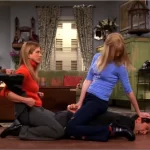





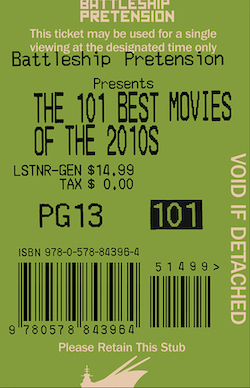




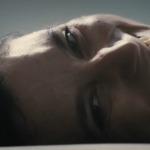


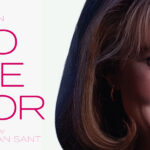

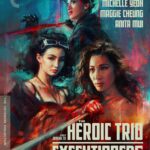



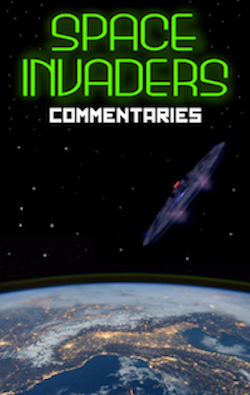
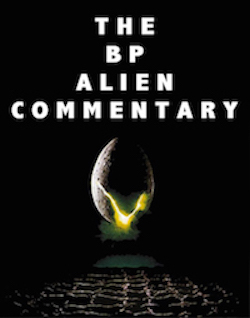
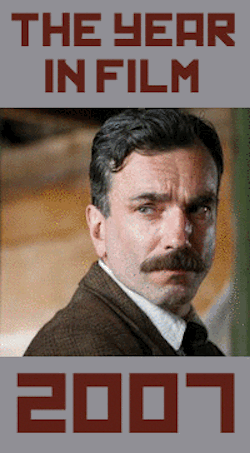


Great list!
The Nice Guys is a good movie which features alcoholism (played for laughs), but it not “about” it.